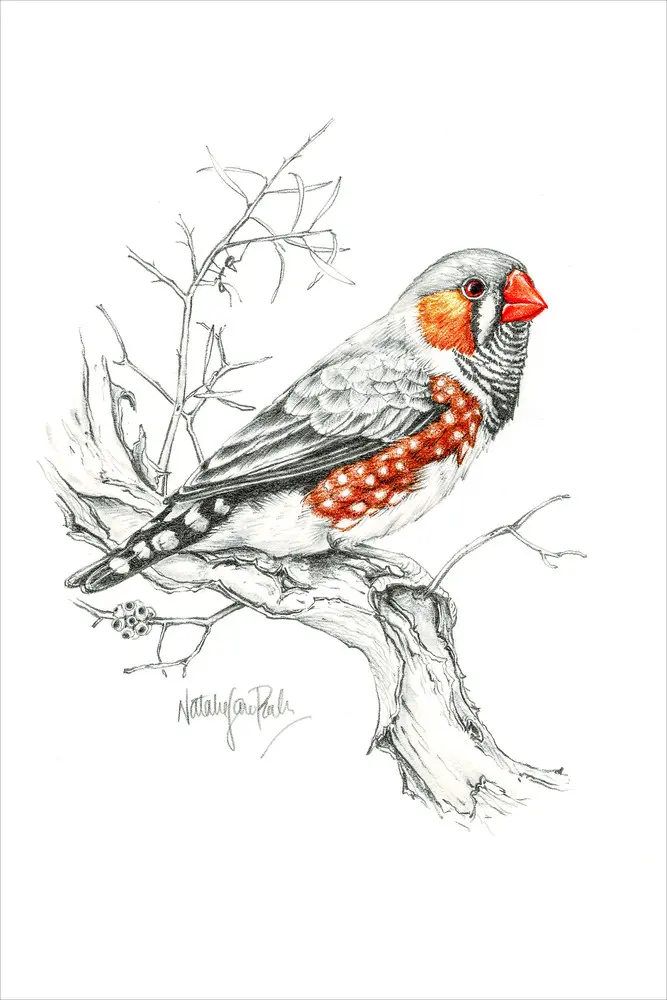Welcome to the Songbird Brain Transcriptome Database
A Comprehensive Resource for Zebra Finch Brain cDNA Clones, Bioinformatics, and Biotechnological Research
Our database is dedicated to the extensive cataloging and analysis of cDNA clones derived from the brains of zebra finches (Taeniopygia guttata) — one of the most important animal models for studying vocal learning, neural circuits, and behavior. This rich dataset supports researchers working at the intersection of bioinformatics, neurogenomics, and biotechnology, providing detailed genetic sequences, annotations, and analytical tools.

Extraction of cDNA from Zebra Finch Brain Tissue
The extraction of cDNA (complementary DNA) from zebra finch brains is a crucial step in studying gene expression patterns involved in vocal learning, neuroplasticity, and brain development. Below is an overview of the typical workflow used in generating high-quality cDNA libraries from zebra finch neural tissue.
Key Steps in Zebra Finch cDNA Extraction
1️⃣ Tissue Collection
- Brain regions involved in vocal learning (e.g., HVC, RA, Area X) are carefully dissected from adult or juvenile zebra finches under RNase-free conditions.
- Tissue samples are immediately flash-frozen in liquid nitrogen or preserved in RNA stabilization reagents (e.g., RNAlater).
2️⃣ Total RNA Extraction
- Total RNA is isolated using phenol-chloroform extraction (e.g., TRIzol reagent) or column-based kits designed for high-quality RNA recovery.
- RNA integrity is verified using Bioanalyzer or agarose gel electrophoresis, ensuring high RNA integrity numbers (RIN ≥ 8).
3️⃣ mRNA Enrichment / Purification
- Poly(A)+ mRNA is purified from total RNA using oligo(dT) beads or columns to selectively capture messenger RNAs, removing ribosomal and other non-coding RNAs.
4️⃣ First-Strand cDNA Synthesis
- Reverse transcription is performed using reverse transcriptase enzymes (e.g., M-MLV, SuperScript) with oligo(dT) or random primers to generate first-strand cDNA.
5️⃣ Second-Strand cDNA Synthesis & Cloning
- The second DNA strand is synthesized, and the double-stranded cDNA is ligated into cloning vectors.
- Libraries are often normalized and subtracted to reduce over-representation of abundant transcripts and enrich rare or novel transcripts.
6️⃣ Library Validation and Sequencing
- cDNA clones are arrayed, sequenced, and annotated. Sequencing reads are assembled into consensus sequences to confirm clone identity and quality.
- Clones are cross-referenced with homologous genes in other species for comparative genomics studies.
🚀 Applications of Zebra Finch Brain cDNA
✅ Transcriptome analysis of vocal learning and neuroplasticity
✅ Identification of novel genes and splice isoforms
✅ Functional genomics and evolutionary biology studies
✅ Gene cloning for biotechnological applications
Explore the full scientific publication that inspired our database click here to access the study.